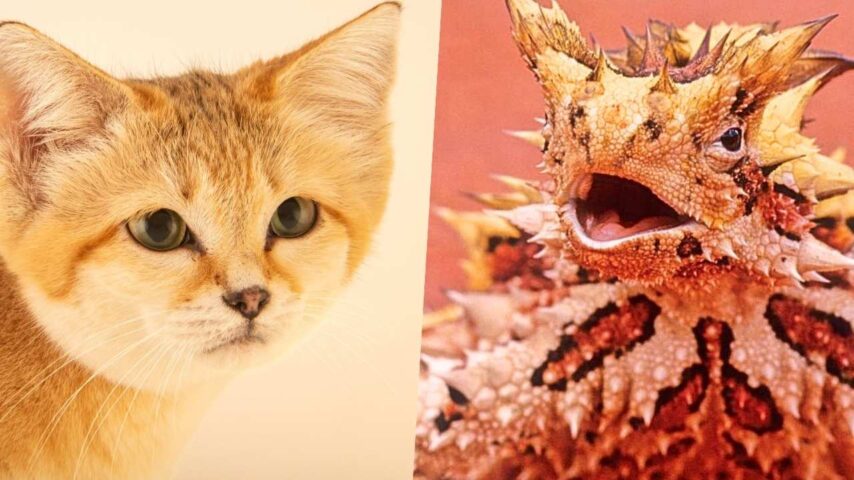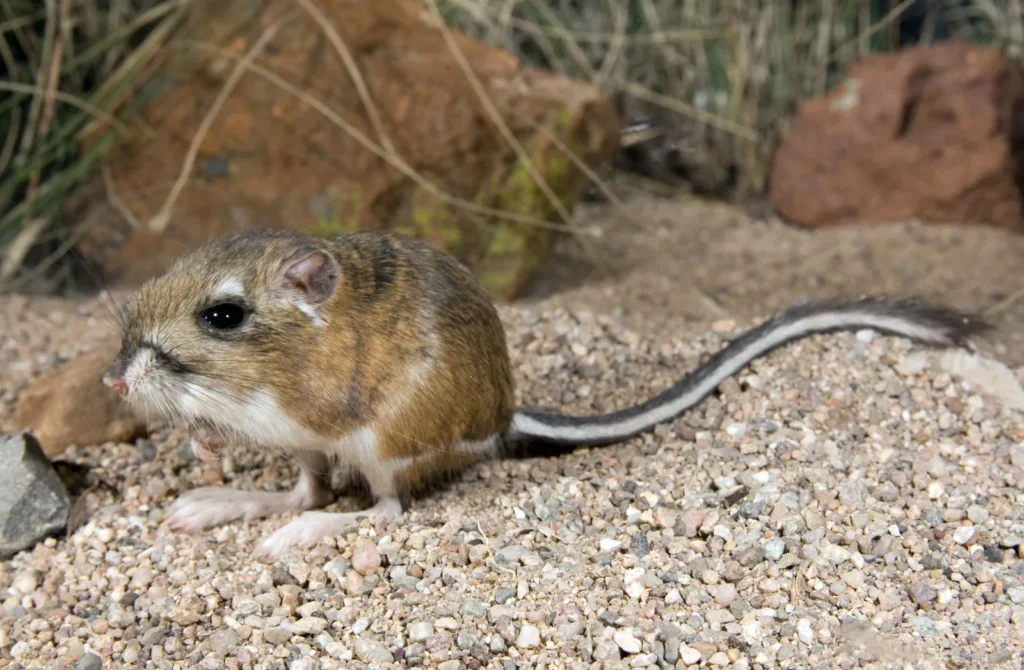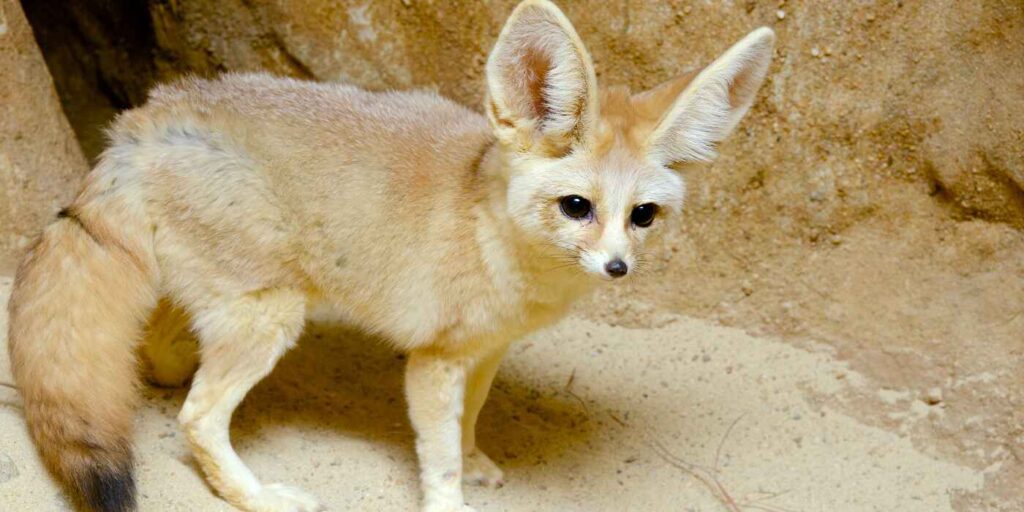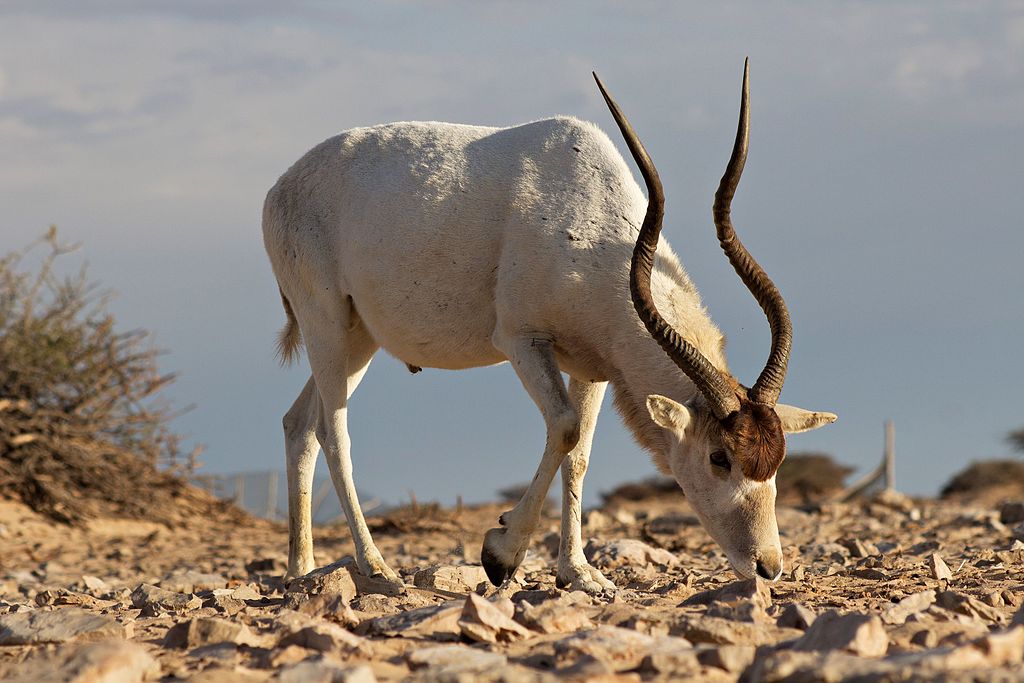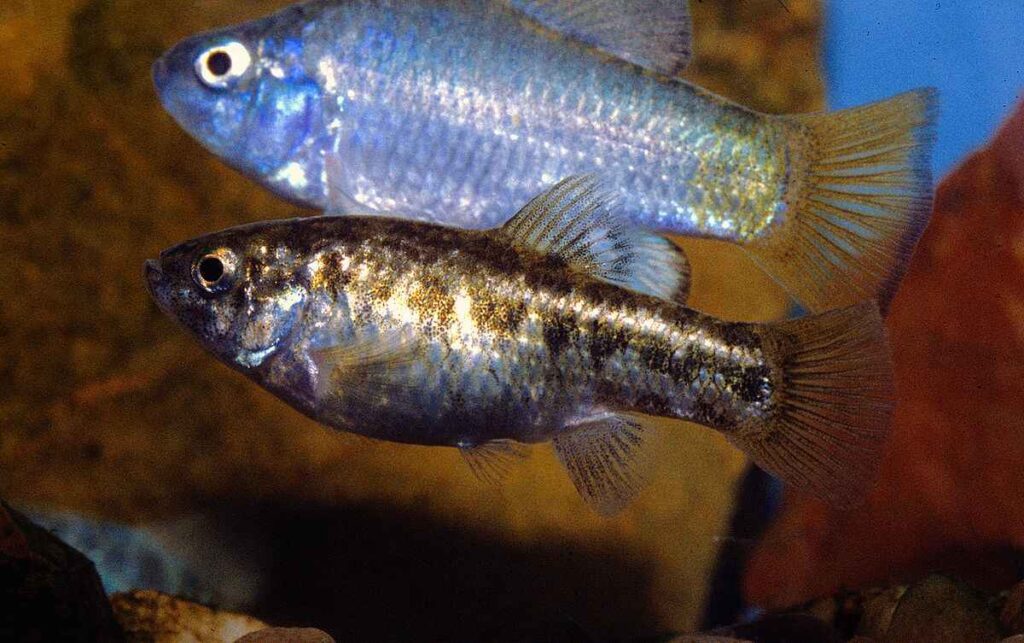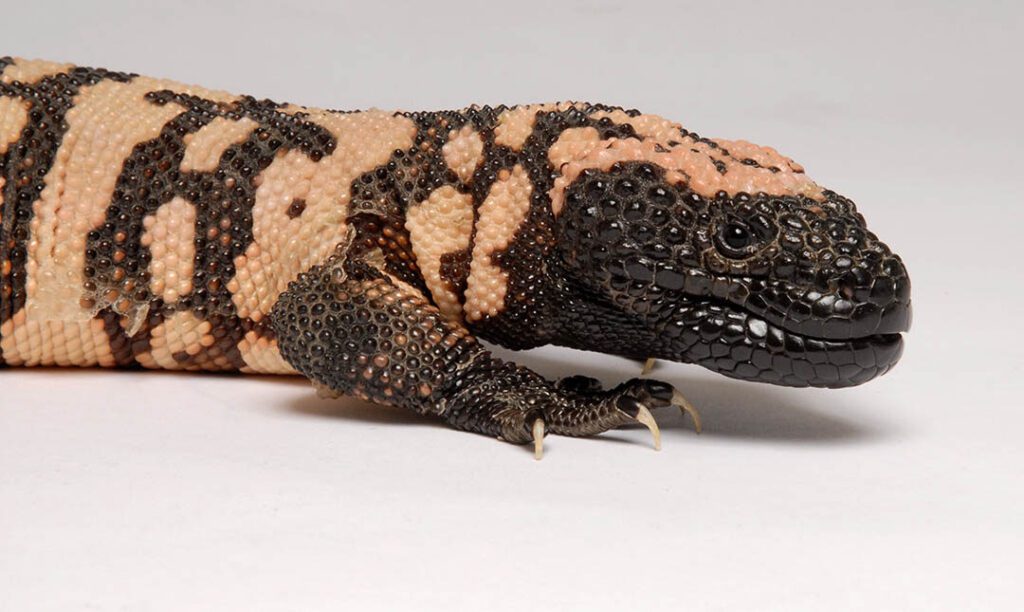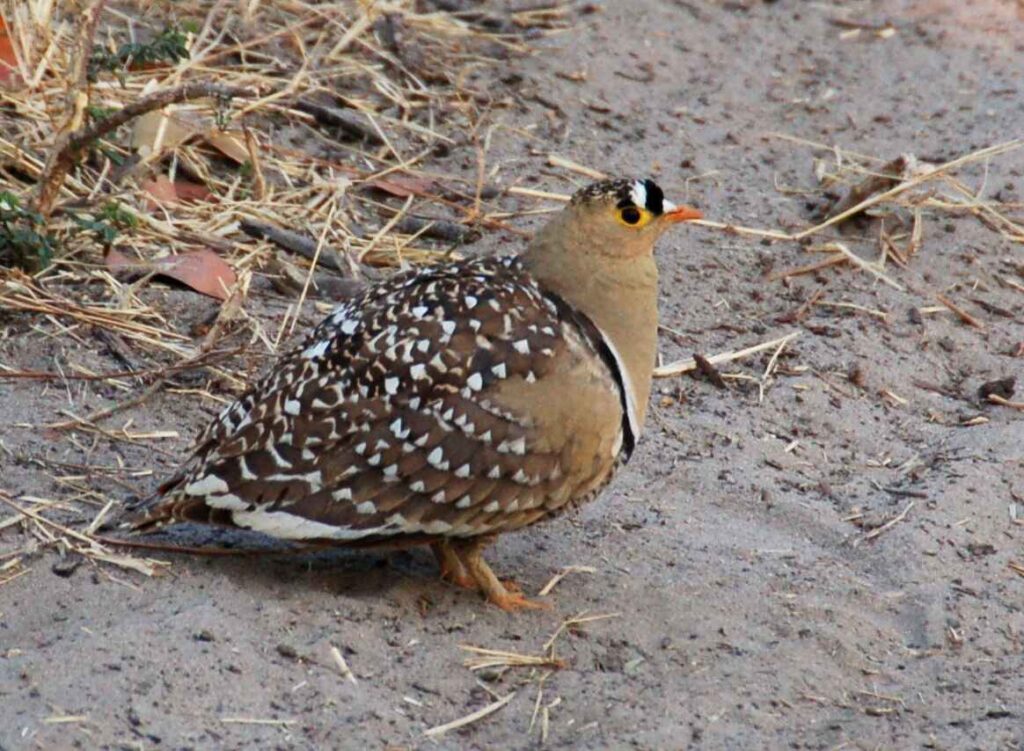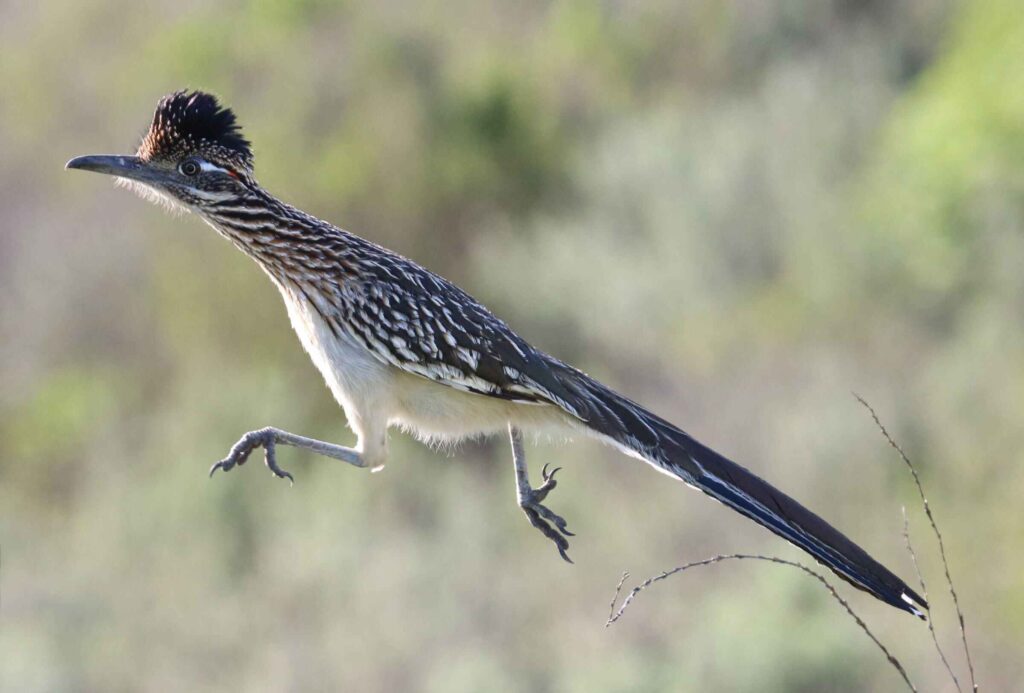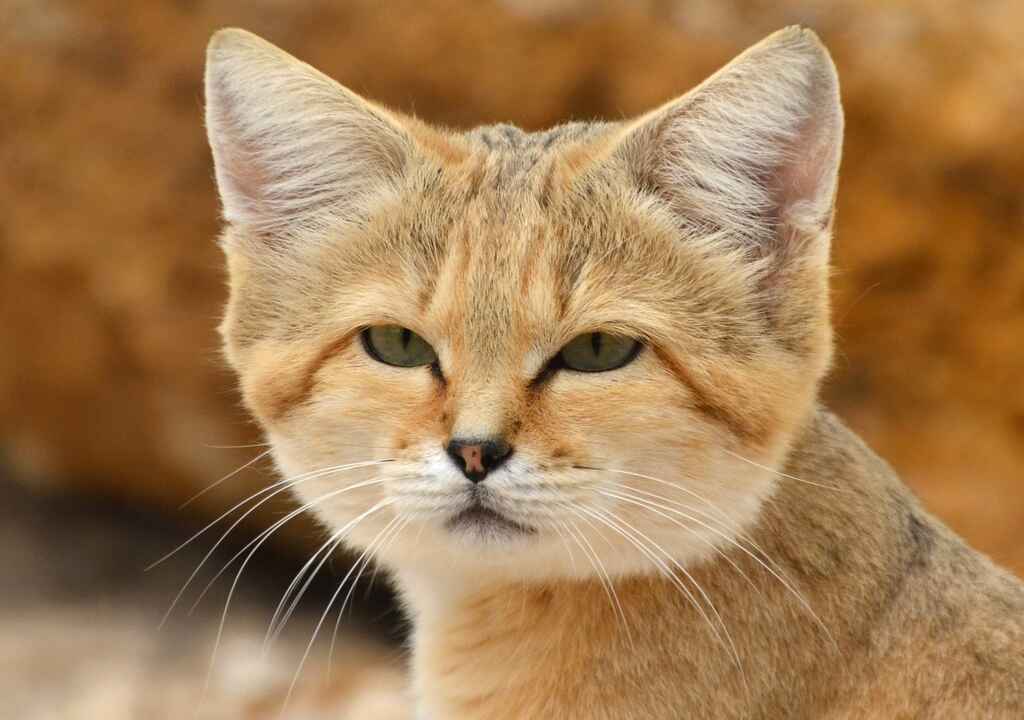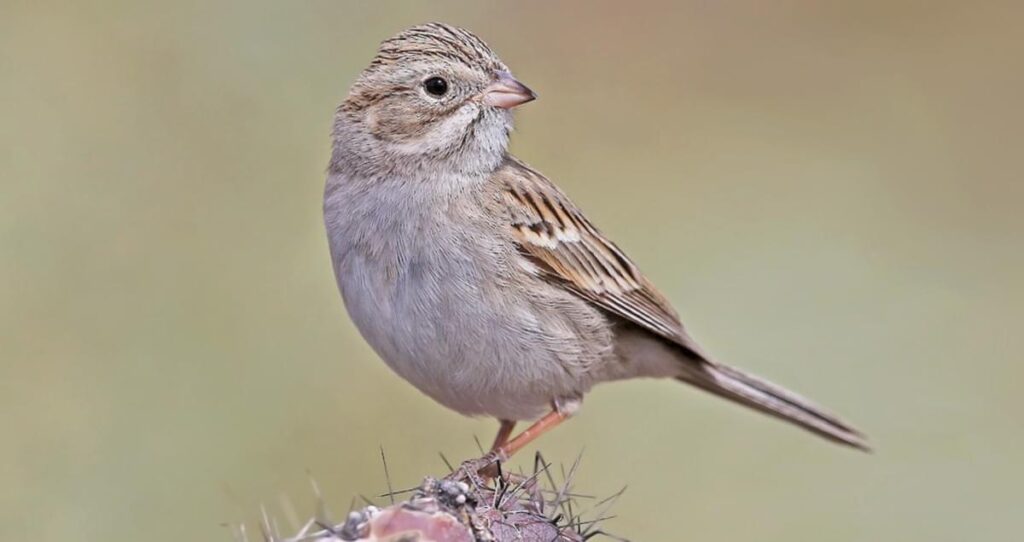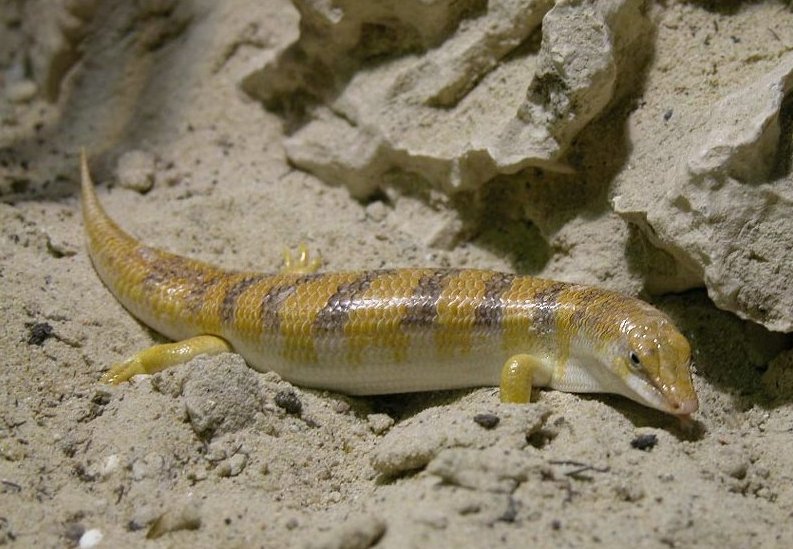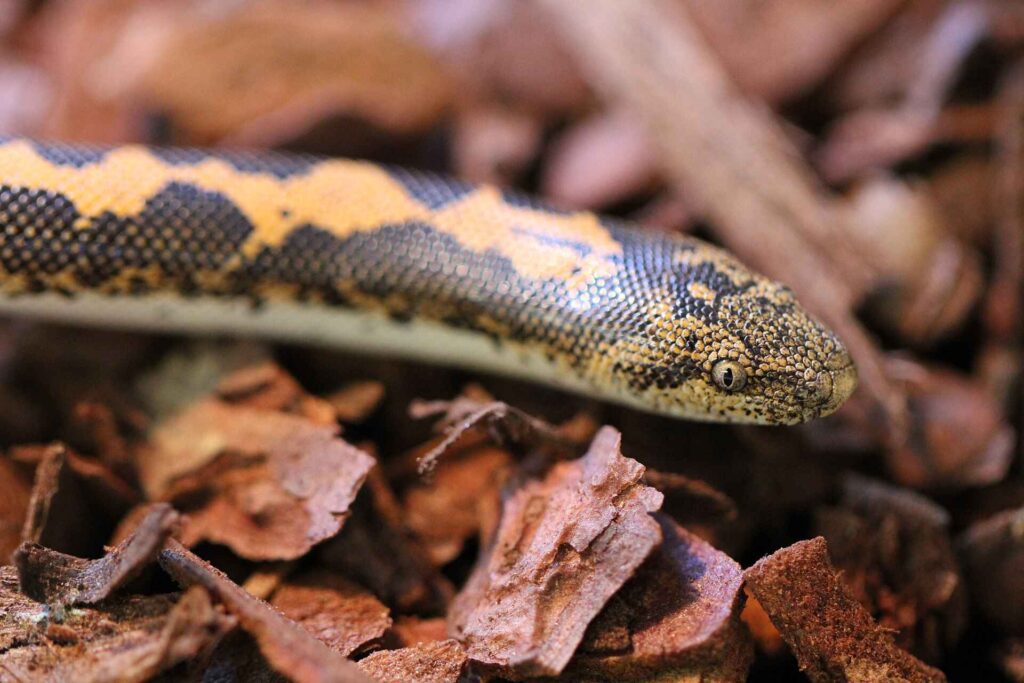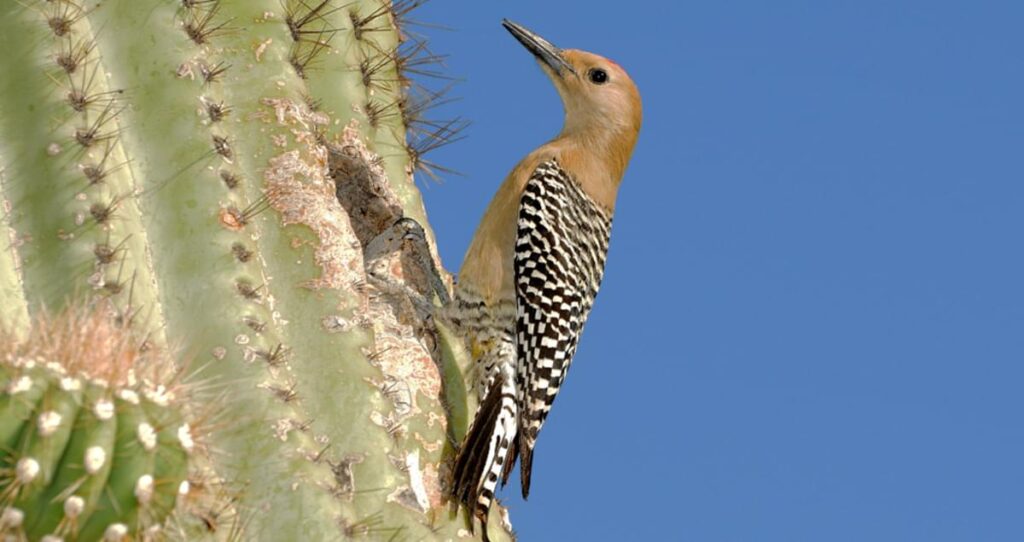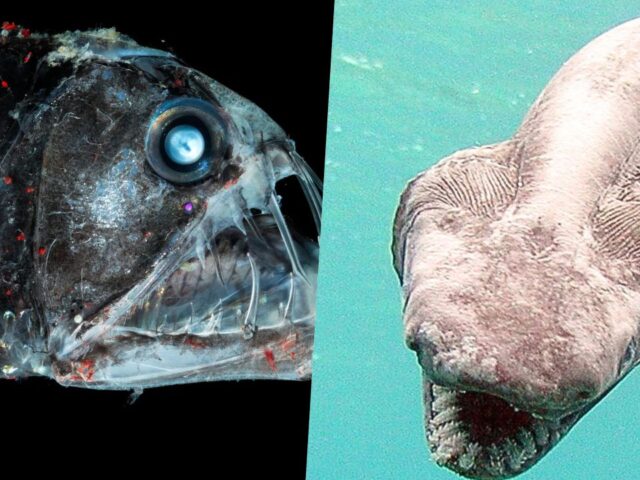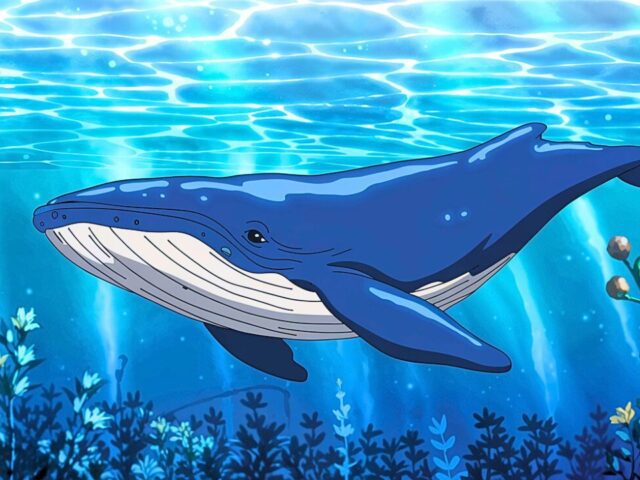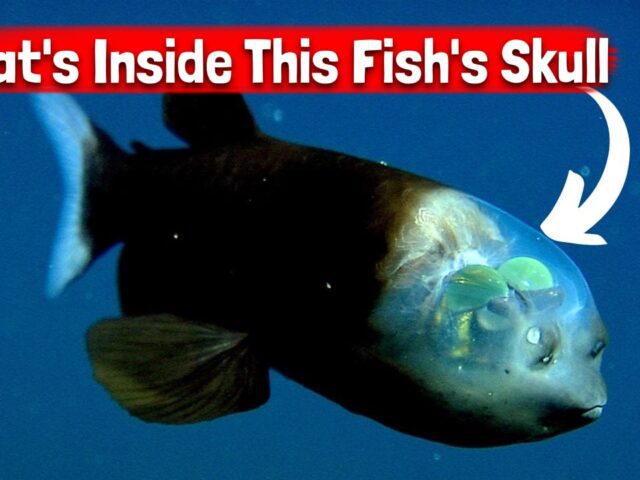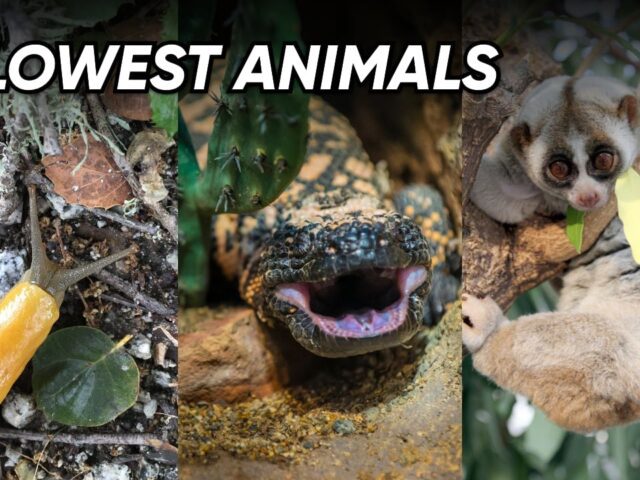The desert, a harsh and unforgiving environment, is home to some of nature’s most resilient desert animals. Among these remarkable creatures are various desert dwellers that have evolved unique adaptations to survive in extreme conditions where water is scarce. Let’s explore 15 incredible inhabitants of the desert that can thrive without regular access to water.
Table of Contents
- 1. Kangaroo Rat (Dipodomys spp.)
- 2. Desert Tortoise (Gopherus agassizii)
- 3. Thorny Devil (Moloch horridus)
- 4. Fennec Fox (Vulpes zerda)
- 5. Addax Antelope (Addax nasomaculatus)
- 6. Desert Pupfish (Cyprinodon spp.)
- 7. Camel
- 8. Gila Monster (Heloderma suspectum)
- 9. Sandgrouse (Pterocles spp.)
- 10. Greater Roadrunner (Geococcyx californianus)
- 11. Sand Cat (Felis margarita)
- 12. Brewer’s Sparrow (Spizella breweri)
- 13. Sandfish (Scincus scincus)
- 14. Kenyan Sand Boa (Eryx colubrinus)
- 15. Gila Woodpecker (Melanerpes uropygialis)
1. Kangaroo Rat (Dipodomys spp.)
The kangaroo rat, native to North American deserts, is a master of water conservation. This small rodent can live its entire life without drinking a single drop of water. Instead, it obtains all the moisture it needs from the seeds it consumes. As one of the remarkable desert animals, the kangaroo rat’s body is a marvel of evolutionary adaptation, designed to minimize water loss and maximize water retention.
One of the most striking features of the kangaroo rat is its large, powerful hind legs, which allow it to hop like a miniature kangaroo. These legs serve a dual purpose: they enable the rat to move quickly across hot desert sands and escape predators, while also reducing contact with the scorching ground.
The kangaroo rat’s kidneys are exceptionally efficient, producing highly concentrated urine to conserve water. Its nasal passages are structured to recapture moisture from exhaled air, further reducing water loss. Even its fur plays a role in water conservation, with an oily coating that prevents sweating and minimizes evaporation.
2. Desert Tortoise (Gopherus agassizii)
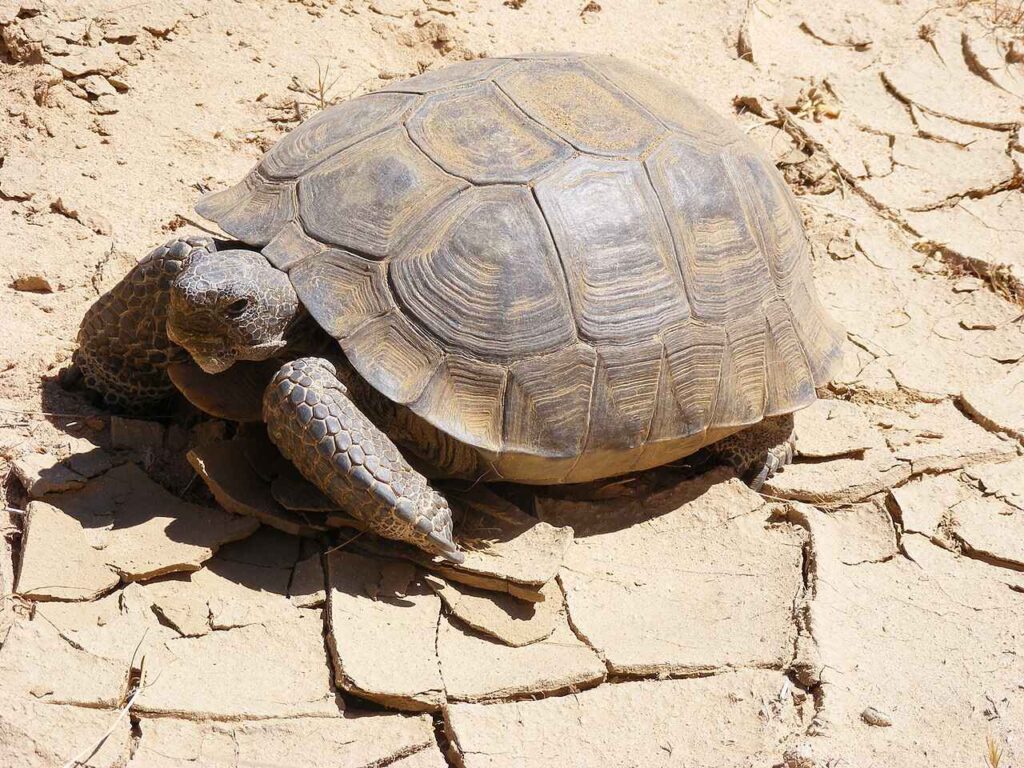
The desert tortoise (Gopherus agassizii), found in the Mojave and Sonoran deserts of North America, is a true desert survivor. This long-lived reptile can go for up to a year without drinking water, relying on moisture from the plants it eats. The desert tortoise’s shell is more than just protection; it’s a crucial part of its water conservation strategy.
During periods of drought, the desert tortoise can store water in its bladder and reabsorb it as needed. This remarkable ability allows it to survive long periods without access to fresh water. The tortoise’s slow metabolism also contributes to its water conservation, reducing the need for frequent hydration.
To escape the intense desert heat, desert tortoises dig deep burrows where they spend up to 95% of their time. These burrows provide a cooler, more humid environment that helps prevent water loss. During winter, they enter a state of brumation, similar to hibernation, further conserving energy and water. Among the many desert animals, the desert tortoise exemplifies extraordinary adaptations for survival.
3. Thorny Devil (Moloch horridus)
The thorny devil, also known as the mountain devil or moloch, is a small lizard native to the Australian desert. This peculiar-looking creature has a unique way of collecting water that doesn’t involve drinking. Its entire body is covered in tiny grooves between its scales, which form a network of channels.
When moisture from any source – be it morning dew, light rain, or even sand that touches its scales – comes into contact with the thorny devil’s skin, it is drawn up these channels through capillary action. The water moves against gravity, eventually reaching the corners of its mouth, where the lizard can drink it.
This method, called “cutaneous water acquisition,” allows them to collect water from their surroundings without needing to drink directly. This extraordinary adaptation allows the thorny devil to collect water from sources that would be inaccessible to other animals. It can even collect water by shuffling its feet in moist sand. The thorny devil’s diet of ants also provides it with some moisture, further reducing its need for free-standing water.
4. Fennec Fox (Vulpes zerda)
The fennec fox, with its oversized ears and adorable appearance, is well-adapted to life in the North African desert. While it does drink water when available, the fennec fox can survive for long periods without it, obtaining most of its hydration from its food.
The fox’s enormous ears serve multiple purposes. They help dissipate heat, keeping the animal cool in the scorching desert. They also give the fennec fox exceptional hearing, allowing it to locate prey underground. This keen sense helps the fox hunt efficiently, conserving energy and reducing water loss through exertion.
The fennec fox’s diet consists mainly of insects, small mammals, and birds, all of which provide some moisture. It also eats plants and fruits when available, which contributes to its water intake. The fox’s kidneys are highly efficient, producing concentrated urine to conserve water.
5. Addax Antelope (Addax nasomaculatus)
The addax, also known as the white antelope or screw-horn antelope, is a critically endangered species native to the Sahara desert. This remarkable antelope can survive without drinking water for extended periods, relying on the moisture content of the plants it eats.
The addax has several physical adaptations that help it conserve water. Its coat changes color with the seasons, becoming lighter in summer to reflect more sunlight and reduce heat absorption. Its wide, flat hooves allow it to walk easily on sand, reducing energy expenditure and water loss through sweating.
One of the most impressive features of the Addax is its ability to detect rainfall from great distances. It can travel long distances to reach areas where recent rainfall has stimulated plant growth, providing both food and moisture. This nomadic behavior allows the addax to survive in one of the harshest environments on Earth.
6. Desert Pupfish (Cyprinodon spp.)
The desert pupfish is a small fish that has managed to adapt to life in the harsh desert environments of North America. While it might seem counterintuitive for a fish to thrive in the desert, the desert pupfish has evolved to survive in small, isolated pools of water that are often extremely salty and hot.
What makes the desert pupfish remarkable is its ability to tolerate extreme conditions that would be lethal to most other fish species. It can survive in water temperatures up to 108°F (42°C) and in salinities twice that of seawater. Some species can even survive in water with the salinity of olive oil.
The desert pupfish’s ability to survive in such harsh conditions is due to its unique physiology. It has specialized enzymes that allow it to function in high temperatures and can rapidly adjust its metabolism to cope with changing salinity levels. While the pupfish does require water to live, its ability to thrive in such extreme aquatic environments makes it a true desert survivor.
7. Camel

No list of desert animals would be complete without mentioning the camel. While camels do drink water when it’s available, they can go for long periods – up to several weeks – without drinking. This ability has made them invaluable as pack animals in desert regions for thousands of years.
It’s a common myth that camels store water in their humps, but this isn’t true. Instead, it’s a reservoir of fatty tissue that provides energy when food is scarce. The camel’s water conservation abilities come from other adaptations. Their blood cells are oval-shaped, allowing blood to flow even when it’s thickened due to dehydration.
Camels can tolerate losing up to 25% of their body weight in water, a level that would be fatal for most mammals. When they do drink, they can consume massive amounts of water quickly – up to 30 gallons in just 13 minutes. Their bodies are also adept at retaining water, producing dry feces and highly concentrated urine.
8. Gila Monster (Heloderma suspectum)
The Gila monster, a venomous lizard native to the southwestern United States and northwestern Mexico, is another desert dweller with remarkable water conservation abilities. This colorful reptile can go for months without eating or drinking, thanks to its slow metabolism and efficient use of resources.
The Gila monster stores fat in its tail, which it can metabolize for both energy and water. Its skin is covered in beadlike scales that reduce water loss through evaporation. During the hottest parts of the year, the Gila monster becomes less active, spending most of its time in underground burrows where it’s cooler and more humid.
When the Gila monster does eat, it consumes large meals that can sustain it for long periods. Its diet consists mainly of eggs and small animals, which provide both nutrition and moisture. The lizard’s saliva is extremely sticky, allowing it to extract maximum moisture from its food.
9. Sandgrouse (Pterocles spp.)
The sandgrouse, a family of ground-dwelling birds found in Africa and Asia, has a unique adaptation for providing water to its chicks in the desert. While adult sandgrouse can fly long distances to find water, their chicks are nest-bound and unable to make such journeys.
To solve this problem, male sandgrouse have specially adapted breast feathers that can absorb water like a sponge. After flying to a water source, which can be up to 80 kilometers away, the male will wade into the water and rock back and forth, allowing its breast feathers to soak up water.
The male then flies back to the nest, where the chicks drink the water from its feathers. This remarkable behavior allows sandgrouse to raise their young in areas far from permanent water sources. The specialized feathers can hold up to 20 milliliters of water, providing a crucial source of hydration for the chicks.
10. Greater Roadrunner (Geococcyx californianus)
The Roadrunner, famous for cartoons, has some unique ways to stay hydrated in the desert. One surprising trick involves reusing water from its own waste. After eating, the roadrunner’s body takes back water from its poop before getting rid of it.
Inside its intestines, tiny structures called villi absorb the water, which then moves into the bloodstream, keeping the roadrunner hydrated in the hot, dry environment.
The Roadrunner also has two other tricks for saving water. First, it eats animals that have water in their bodies, which helps it stay hydrated. Second, it has special glands above its eyes that release extra salt.
These glands act like a “desalination” system, removing salt without losing water—an ability usually found in seabirds, not land birds. These adaptations help the roadrunner survive in tough, dry conditions.
11. Sand Cat (Felis margarita)
The sand cat, a small desert-dwelling feline, looks a lot like a house cat but is specially adapted to survive in the extreme desert environment. Found in parts of North Africa, Southwest Asia, and Central Asia, the sand cat is only about 9–12 inches tall and weighs between 3 and 7 pounds.
Sand cats have unique features that help them thrive in deserts. Their paws are covered in thick, long hair that protects them from the scorching sand and helps them walk on shifting surfaces without sinking.
Their large eyes help them spot prey, and their big ears pick up sounds that don’t travel well in the dry desert air. They also have a thick coat that keeps them cool during hot days and warm during freezing desert nights.
Their claws are not very sharp and don’t fully retract, which helps them move close to the ground quietly without leaving footprints or burning their feet. They often stay hidden by burying themselves in the sand or hiding under bushes to avoid predators.
12. Brewer’s Sparrow (Spizella breweri)
The Brewer’s sparrow, a small North American bird, has a clever way to survive in deserts where water is scarce. While most birds get their water from juicy plants, streams, or the blood of prey, the Brewer’s sparrow mainly eats dry seeds, which have almost no water. However, these seeds do contain carbohydrates, which can be broken down by the bird’s body.
Through a basic chemical process, the sparrow can turn some of the carbohydrates in the seeds into water—a process known as creating “metabolic water.” Though this bird can’t get all its water this way, the extra metabolic water helps it survive when water sources are extremely limited.
Because small birds like the Brewer’s sparrow have fast metabolisms, they produce metabolic water faster than larger animals, giving them an advantage when it comes to managing water needs in the dry desert. This adaptation is a lifesaver during droughts, helping the sparrow stay hydrated even in harsh conditions.
13. Sandfish (Scincus scincus)
The sandfish is a unique desert lizard found in North Africa and Southwest Asia, known for its ability to “swim” through sand. Despite its name, it’s not a fish but a type of skink. This small, tan-colored lizard is about 6 inches long, and its color helps it blend into the desert.
The sandfish moves by diving under the sand, where it avoids the intense heat of the desert surface. As it “swims,” it moves its legs like a person doing a crawl stroke in the water, allowing it to glide smoothly beneath the sand.
The sandfish has several special adaptations for this unusual lifestyle. Its smooth, shiny scales, tough but dry, help it slide through rough sand without damage. Scales even cover its ears to keep sand out, and it has transparent eyelid scales to protect its eyes. Its pointed snout and special jaw shape prevent sand from getting into its mouth as it moves forward.
While there’s still more to learn about what the sandfish eats, its incredible sand-swimming skills and unique body features make it a fascinating desert survivor.
14. Kenyan Sand Boa (Eryx colubrinus)
The Kenyan sand boa is a unique type of boa snake adapted to live in deserts instead of the typical rainforests where most boas are found. It’s one of the smallest boas and spends most of its life hidden under desert sands or under rocks. During the cooler parts of the day—morning and evening—it comes out to hunt. The snake tracks its prey, then squeezes and swallows it whole.
The sand boa has some special features to help it thrive in the desert. Its eyes and nostrils are positioned on its head in a way that keeps sand out. It can also survive over a year without food, which is useful in a harsh desert where meals can be scarce. When hunting, it hides under the sand, waiting for prey to pass by. Sometimes, it even drags small animals under the sand, suffocating them before eating.
For mating, sand boas face a unique desert challenge. Male sand boas often have to dig their mates out of the sand to reach them, showing their persistence in ensuring the species’ survival.
15. Gila Woodpecker (Melanerpes uropygialis)
The Gila woodpecker (Melanerpes uropygialis) is a resourceful bird that has adapted to life in the harsh Sonoran Desert. This species plays a crucial role in desert ecosystems, particularly in its relationship with the iconic saguaro cactus.
One of the Gila woodpecker’s most remarkable adaptations is its ability to create nesting cavities in saguaro cacti. These woodpeckers have strong beaks and neck muscles that allow them to excavate holes in the tough cactus flesh.
The saguaro’s internal tissues then form a protective lining called a “saguaro boot” around the cavity, creating a safe, insulated home for the woodpeckers and, later, for other desert animals that use abandoned cavities.
Gila woodpeckers have also adapted their diet to desert conditions. While they primarily eat insects, they supplement their diet with cactus fruits, especially during the hot summer months when these fruits provide both nutrition and hydration. Their long, sticky tongues are particularly useful for extracting insects from crevices in tree bark and cacti.

